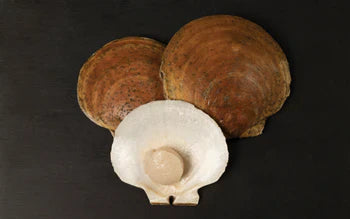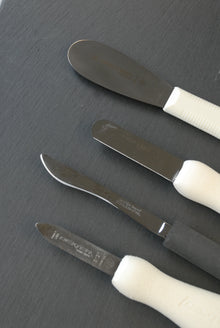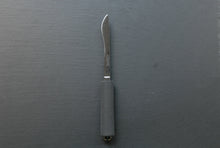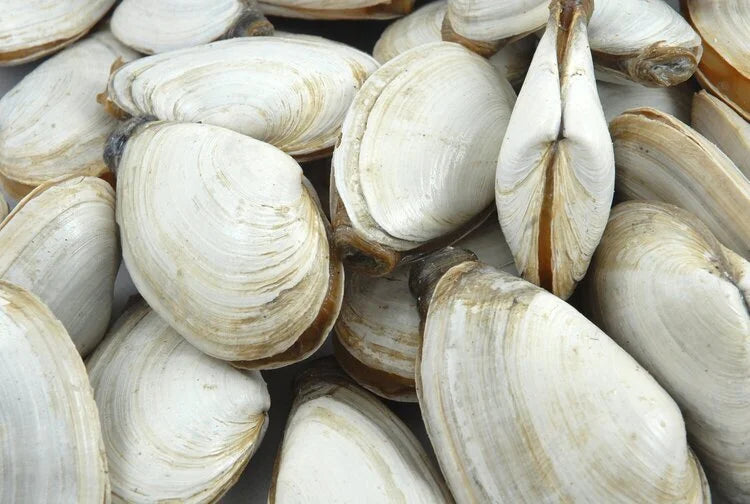Guide: Live Scallops
There's nothing quite like the taste of a freshly shucked scallop. Their delicate sweetness and tender texture make them a prized delicacy. If you're looking for the ultimate in flavor and quality, then live North Atlantic scallops are the way to go, especially if sashimi is on your mind. While they require a little extra care and preparation compared to pre-shucked options, the reward is well worth the effort.

Receiving and Storing Your Live Scallops
When your live scallops arrive, it's important to handle them correctly to maintain their freshness. Immediately remove them from their packaging and place them in a bowl in your refrigerator. Plan to shuck them on the same day you receive them for the best quality.
A Note on Shellfish Care: All shellfish need to stay properly hydrated. When exposed to open air, they lose moisture. To help maintain their quality, cover them with a moist paper towel in the refrigerator.
What to Avoid
- Do NOT put ice directly on the scallops. Freshwater is harmful to them.
- Do NOT store them in a sealed bag. This cuts off important oxygen flow that your live items need.
- Do NOT keep them in a warm or unrefrigerated environment. The ideal storage temperature for live seafood is 38° - 42°F.
Are They Alive? Understanding Live Scallop Behavior
Unlike clams and mussels that tightly close their shells when alive, live scallops naturally have slightly open shells. The stress of travel and cold temperatures can sometimes make them appear less responsive. To check if your scallop is alive, gently touch the muscle inside the shell with a small, thin tool. A slight movement indicates it's alive.
However, don't be alarmed if there's no immediate reaction. Sometimes, scallops may not have the strength to fully close their shell after transit, but the muscle inside might still have minimal movement. As long as the seafood has no foul odor, the gel packs in the box are still frozen, and the scallops are cold (40 degrees F or below), they are generally safe to eat, even without significant movement.
Shucking Your Live Scallops: A Step-by-Step Guide
If you're after sashimi-grade scallops, buying them live is the only way to guarantee that exceptional freshness. While shucking might seem daunting at first, it's a simple process with the right tools and technique. The recommended tool for shucking scallops is a dedicated scallop knife.
-
Rinse the Scallop: Begin by rinsing the scallop under cold water to remove any sand or debris from the outside of the shell.
-
Position the Scallop: Hold the scallop flat in the palm of your non-dominant hand, with the flatter side facing up.
-
Open the Shell: Carefully insert the tip of your scallop knife into the hinge area where the two shells meet. Gently twist the knife to pry the shells slightly apart. Once you have a small opening, slide the knife along the top shell to sever the adductor muscle that holds the shells together. The top shell should now open easily.
-
Detach the Meat: Run the knife along the bottom shell to completely detach the scallop meat.
-
Remove Roe and Belly: Locate the orange or pink roe (the reproductive gland) and the dark, frilly belly. Gently peel these away from the white scallop meat. In most cases, only the white adductor muscle is eaten, so discard the roe and belly.
-
Rinse the Meat: Rinse the scallop meat under cold water to remove any remaining sediment or shell fragments.
-
Enjoy! Your fresh scallop is now ready to be enjoyed raw as sashimi, ceviche, or cooked to your liking!
The Journey from the Ocean Floor: How Intershell Catches Your Scallops
The live scallops you receive from Intershell come directly from the cold, pristine waters of the North Atlantic. Intershell boats are committed to sustainable fishing practices, ensuring the health and longevity of scallop populations.
These scallops are typically harvested using specialized dredges that are carefully dragged along the ocean floor. The dredges are designed to collect mature scallops while minimizing impact on the surrounding marine environment. Intershell prioritizes responsible harvesting to ensure that future generations can also enjoy this delicious seafood.
Where Do Intershell's Live Scallops Come From?
Intershell operates out of Gloucester, Massachusetts, a historic fishing port with a rich maritime heritage. The scallops are sourced from the rich fishing grounds of the North Atlantic, known for their cold, clean waters that produce some of the finest seafood in the world. The proximity of Intershell's operations to these fishing grounds means that the live scallops you receive are incredibly fresh, having made a short journey from the ocean to your door.
By choosing live scallops from Intershell, you're not only treating yourself to an exceptional culinary experience but also supporting sustainable fishing practices and a local fishing community. Enjoy the taste of the fresh, sweet, and tender North Atlantic right in your own home!










